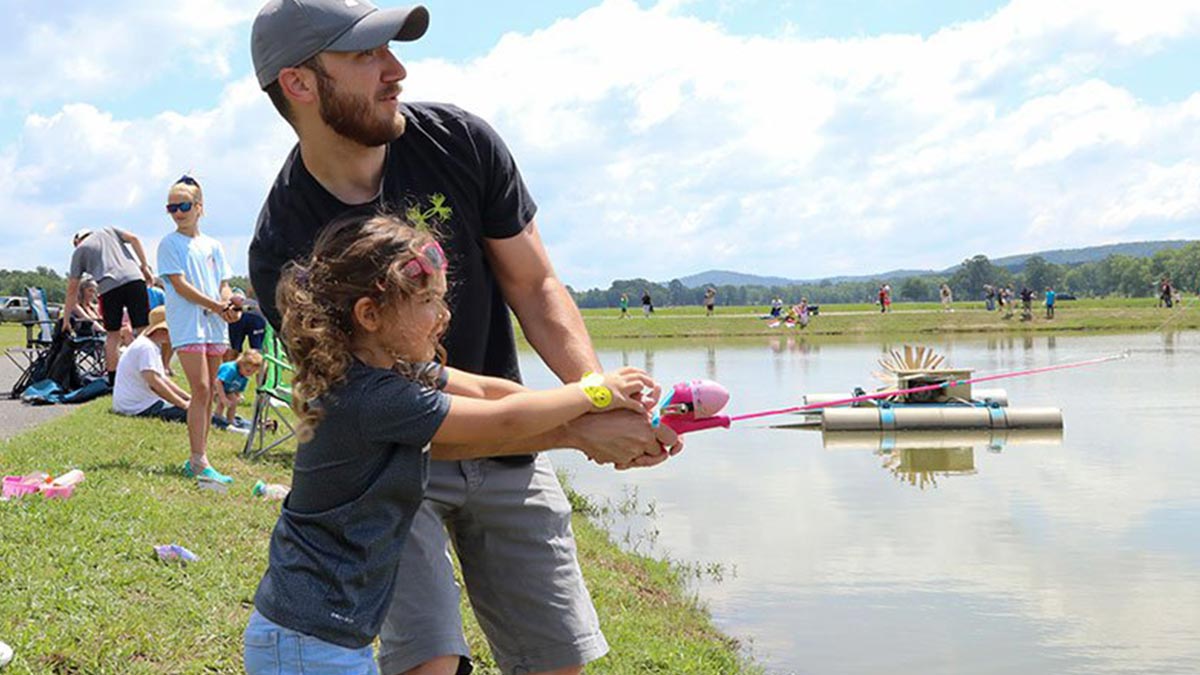Below is a news release from the Arkansas Game and Fish Commission.
Although most Arkansans hold “The Natural State” motto near and dear to their hearts, a continued decline in hunting and angling has Commissioners and staff at the Arkansas Game and Fish Commission concerned that the funding for natural resource management is in jeopardy.
A recent article in the Washington Post highlighted the downward trend in hunting and fishing throughout the nation and the possible repercussions to our nation’s wildlife and natural resources. According to the U.S. Fish and Wildlife Service, hunting participation peaked in the 1980s at about 17 million licensed hunters nationwide. Since then, it has seen a steady decrease to 11.5 million individuals who hunted last year.
The trend is mirrored by hunting and fishing license sales in The Natural State. In the last five years, Arkansas fishing license sales declined from 381,308 for residents and 138,508 for nonresidents to 312,758 and 119,747, respectively. Hunting licenses saw a similar downward trend on the resident side, declining from 258,356 licensed resident hunters in Fiscal Year 2014 to 220,193 resident hunters in FY2019. Nonresident licensed hunters showed a small increase from 20,587 nonresident big-game hunters in FY2014 to 21,855 in FY2019 and from 40,784 to 47,622 nonresident small-game hunters in the same time frame.
The decline has much more far-reaching effects than dollars lost through license sales. The current North American model of wildlife management depends upon hunters and anglers to provide the backbone for conservation of game and nongame species alike. In addition to license fees, hunters and anglers purchase certain hunting and fishing equipment which is taxed at the manufacturer level. These taxes are then pooled together and distributed to state fish and wildlife agencies to carry out needed conservation work. Not only does a decrease in hunting and fishing mean decreased license funds, it means less tax funds because of decreased spending on hunting and fishing equipment. Additionally, the formula used by the USFWS to distribute those tax funds is based partially on the number of licensed hunters and anglers participating in each state.
“The loss of hunters and anglers has a double impact on conservation funding,” said Chris Colclasure, Deputy Director of Outreach for the AGFC. “And that funding is critical for all wildlife.”
The decrease in revenue comes at a time when the AGFC is facing monumental challenges. The greentree reservoirs that create wintering habitat for millions of migrating ducks are in severe stress from decades of floods. Shifting trends in rain and flooding up and down the White, Black, Arkansas and Mississippi rivers also is causing areas to be submerged throughout spring and summer, further damaging the trees along these bottomland hardwood stands. Many dams and water-control structures regulating AGFC-owned fishing areas also are reaching the end of their initial life expectancy and need renovations or replacement.
“We have many infrastructure needs, but we are also faced with trying to find a solution to this decline,” Colclasure said. “That means investing in programs such as the Arkansas National Archery in the Schools Program, Arkansas Youth Shooting Sports Program, mentored hunting and fishing opportunities, nature and education centers, and other means to connect youth and adults to outdoor activities. We are also working closely with our public, private and NGO partners to get more people outside and understand how conservation is funded. We are calling on our past and current hunters, anglers and nature supporters to bring the next generation along.”
Looking forward, Colclasure hopes to see the investment in the outdoors begin to pay off through reinvigorated numbers of hunters and anglers, but as with many investments, recruiting new participants takes time, funding and constant effort.
“In the meantime, we need to think more strategically about the best way to achieve the tasks in front of us today,” Colclasure said.
(Photo source: Arkansas Game and Fish Commission)
